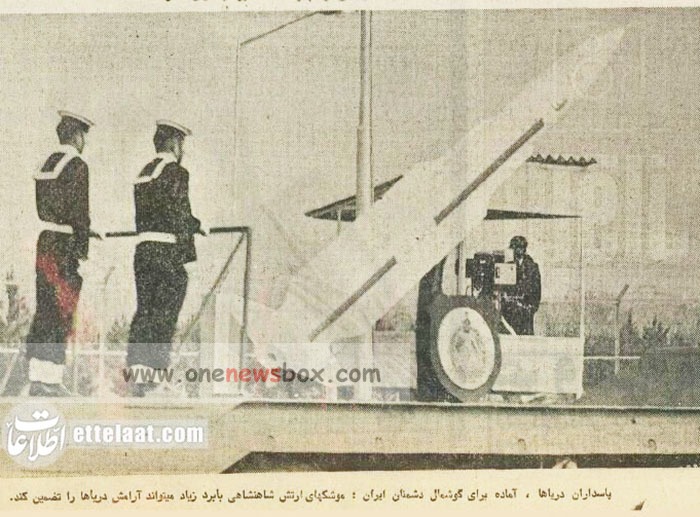Despite the grandeur of the event, the December 11 parade was also a reflection of the fragility of the regime. In many ways, the Shah’s efforts to project military power and national strength were a reaction to the growing unrest and discontent within the country. By 1974, opposition to the Pahlavi regime had been growing steadily. Economic inequalities, political repression, and the widespread perception of corruption within the ruling elite had led to increasing dissatisfaction among various segments of Iranian society. While the parade was meant to convey a sense of national unity and strength, it was also a reminder of the regime’s dependence on military power to maintain control. The lavish display of military might was, in many ways, an attempt to mask the underlying social, political, and economic problems that were threatening to destabilize the monarchy.
Internationally, the 1974 parade was also a demonstration of Iran’s growing influence in the Middle East. Under the Shah’s leadership, Iran had positioned itself as a key player in the region, balancing between the superpowers of the United States and the Soviet Union. The Shah had cultivated strong relations with the West, particularly with the United States, and Iran had become a key ally of the West in the Middle East. By showcasing Iran’s military capabilities, the Pahlavi regime was sending a message to both its allies and adversaries that Iran was a major force to be reckoned with. At the same time, the parade also sought to assert Iran’s independence and its desire to be seen as a leader in the region, unencumbered by outside influence.

